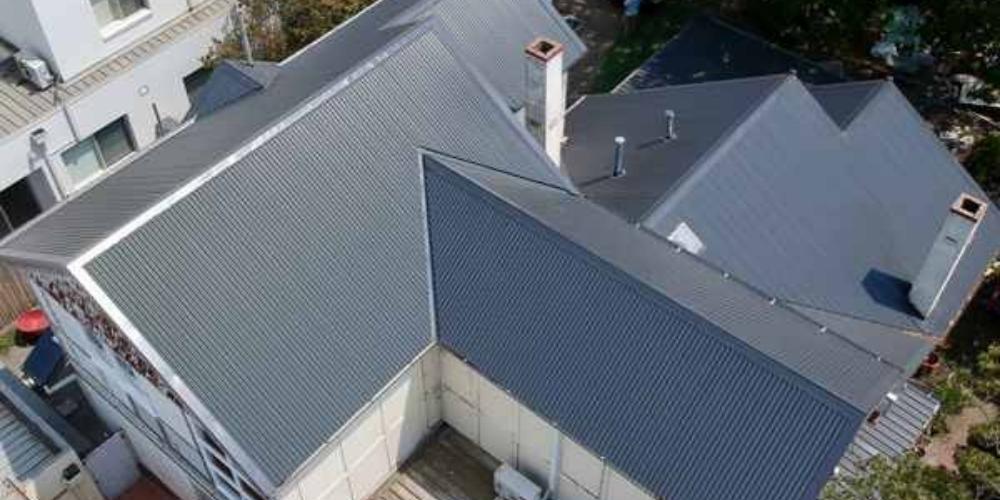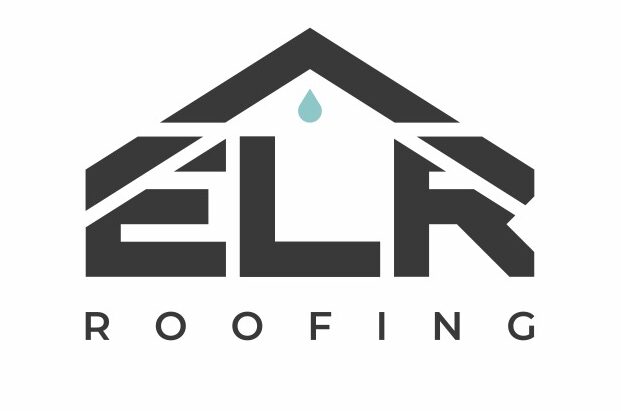Your roof is one of the most important architectural elements in your home. Since your roof is the top line of defence against harsh seasonal weather, you want to make sure you choose the right roofing option. The roofing material you select protects the interiors of your home.
You usually have two choices for roofing materials: traditional roofing tiles or Colorbond roofing.
Both types of roofing are popular choices. It is often about following your personal choice; however, there are differences between the two products.
We created a simple guide that will help you determine between tiles vs colorbond roof you will be using for your home. Let’s dig in!

What is Tile Roofing
For many years, tile roofing has been a popular choice. This type of roofing, made of concrete or terracotta, can last for 50 years with proper maintenance. Like any other roofing product, they were designed to provide a barrier between the inside of a structure and the harsh outside elements.
Because many styles are excellent at shedding rainfall from cloudbursts, they are also ideal for climates where infrequent rains dump large amounts of water in a short period. If you’re thinking about installing tile roofing on your home, consider that these roofing systems are cumbersome and can break under particular conditions. Roof framing must be very sturdy structurally to support the weight.
Clay and concrete tiles are popular for their strength and resistance to high winds, hail, and even fire. During hurricane season, tile roofing is incredibly effective.
Because of the space under the tiles, they can help minimize the heat absorbed by the attic, lessening your reliance on air conditioning and lowering your cooling costs significantly.
Due to its durability and resistance, tile roofing is considered less maintenance.
Tiles are typically made of clay or concrete, which are made from earth minerals. They are derived from a renewable resource and, once extracted, can be crushed and recycled, often as a road base.
Roof tiles made of clay or concrete can cost twice as much as asphalt shingles. However, you are paying for longevity, durability, and curb appeal. You’ll save money in the long run because maintenance costs will be lower, and it will take some time before you need to replace it.
Even though tiles are durable and weather-resistant, they can crack or break due to impact damage, which can occur if a branch falls on your roof.
Because a tile roof can be so heavy, your home must have the proper structural reinforcement to support it safely. This is why it’s critical to hire an experienced roofer who can ensure your house can withstand the weight.
Specialty flashings explicitly designed for tile roofs must be installed to install a tile roof properly. This is the usual cause of roof failure and why many tile roofs do not last the expected 50 years. Choose a tile roofer certified by the Tile Roofing Institute and ensure that they install the top flashings required for proper tile installation.

What Is Colorbond Roofing
Colorbond roofing is coated steel roofing. It has been tested for many years, particularly in Australian conditions, to ensure long-lasting resistance. Colorbond, which replaced corrugated iron roofing, is a far superior product. It provides a longer-lasting roof without repainting or the risk of corrosion. Colorbond is pre-painted and sealed.
Aside from the sleek appearance of Colorbond roofs, various colours are available that can be easily matched to your gutters and fascia. Colorbond can dramatically improve the overall aesthetics of an older traditional home or be stylish for a new home build.
Colorbond’s weight is one of its most known characteristics (or lack thereof). It weighs only one-tenth the weight of roofing tiles. Colorbond installation is faster and less expensive, thanks to this ultra-lightweight feature. Colorbond, unlike other roofing materials, does not change weight when wet. While other materials may absorb some rainwater and become heavier, as a result, water runs off Colorbond roofs. This feature reduces the strain on the roof framing, walls, foundations, and your wallet.
Colorbond roofing is lightweight and resistant to high winds and weather. Unlike other materials such as tiles, it places very little weight strain on the roof’s support structures due to its lightweight. It is also corrosion-resistant to be used on houses near the sea.
Metal roofs have a long life expectancy. Many older roofs still stand despite today’s advanced technology and added features. An adequately installed colorbond roof can last for many more years (in some cases, up to 40-70 years!)
Colorbond roofs use thermal tech technology (included in Colorbond) to harness their reflective properties and bounce back, penetrating heat, cooling the house and allowing your air conditioner to work without adding additional pressure from above, resulting in low energy usage.
Colorbond is a better choice for those who live in a bushfire-prone area. Corrugated metal sheets are non-combustible and easier to seal against flying embers and burning ash than concrete.
Every ten years, refinishing or repainting is required. Of course, no product can last indefinitely. Depending on the weather and the level of maintenance, something as exposed as your roof, may require repainting every decade (such as regular cleaning).
Raindrops on a steel roof can make a loud sound. If necessary, you can install an acoustic blanket to help with the noise
If you choose to renovate or upgrade your air conditioning system, you may need to cut parts of your roof. Because this is an irreversible process, careful planning and consultation with experts are required.

Colorbond roof has a significant advantage over concrete tiles because it has been tried and tested in harsh Australian weather conditions. Colorbond has tested its steel roof panels in everything from heatwaves to cold snaps, rain, wind, dust, and hail.
Tiles are a traditional roofing material; most heritage-listed buildings use tiles rather than corrugated iron or steel panels. Traditional tiles, which come in a variety of profiles, patterns, and colours, can add value and charm to the appearance of your home.
Colorbond roofs, on the other hand, are highly sought after by modern homeowners due to their sleek matte finish and diverse colour palette. Colorbond offers custom colours, and you can match them to your gutters and fascia to keep your facade design consistent.
It would be best if you also thought about the cost of your roofing material. Concrete tiles are the more affordable option in the short term if you are building a home on your own. However, it’s best to consider the additional costs of maintenance and repairs and the possibility of replacing the tiles in the future.
Because concrete tiles are heavier than Colorbond roofs, the cost of additional beams to support the tiled roof must also be considered.
Colorbond roof is typically more expensive, requiring less maintenance and repairs. Colorbond roof panels need less support due to their lightweight, so that that money can be saved there.
Both tile and Colorbond roofing materials give enough thermal insulation for homes regarding energy efficiency. Colorbond will use solar reflection technology to drive heat away from the house. In contrast, asphalt, concrete, and clay tiles may absorb heat. Colorbond roofs use tried and tested technology to make a property more thermally efficient. In contrast, roof tiles rely on solid and heavy thermal mass to provide a home with energy efficiency.
We advise regular cleaning and maintenance to keep your roof looking good for longer. Your roofing materials will collect dirt, dust, bird droppings, and other debris over time, so regular washing is recommended to keep your roof in good condition.
On the other hand, Tiles can harbour growths such as moss and mould, so it is critical to maintaining your roof. The rough concrete finish can be more challenging to clean, but a high-pressure hose should suffice (with the help of some chemicals).
The Final Thought
When selecting a material for your roof replacement, consider both the pros and cons of the various options. Tile roofs are popular due to their numerous benefits, but other factors are to consider. Both has an edge over each other so its very important that you do your own research first before deciding which type of roof should suit your home need.
